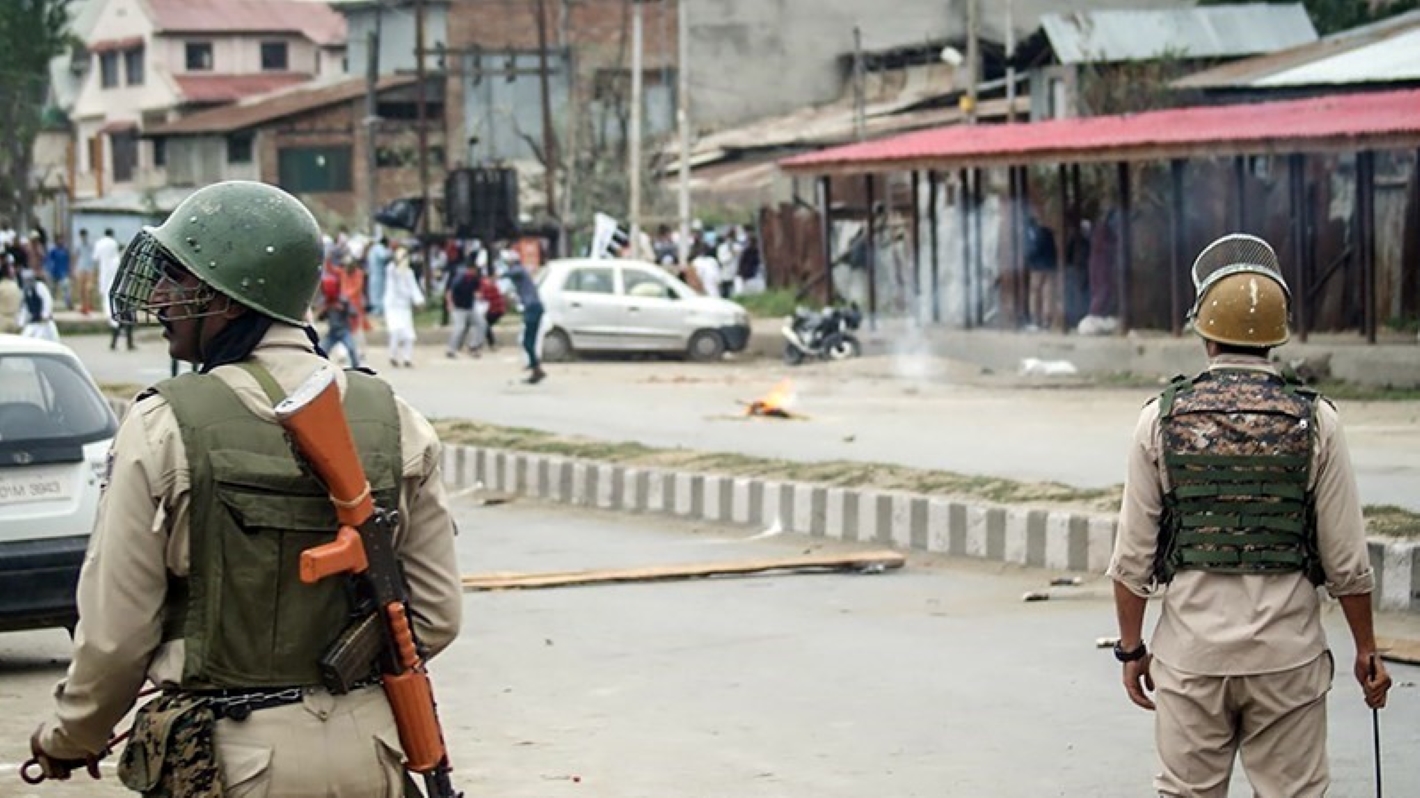In The Great Labour Unrest: Rank-and-File Movements and Political Change in the Durham Coalfield, Lewis Mates examines the fraught process by which the Durham Miners Association shifted its political allegiance from the Liberals to the emerging Labour Party in the Edwardian era. While focused on debates in labour history, the questions it addresses have contemporary resonance, finds John Tomaney.
The Great Labour Unrest: Rank-and-File Movements and Political Change in the Durham Coalfield. Lewis Mates. Manchester University Press. 2016.
 The period before the First World War has been termed the Great Labour Unrest, drawing attention to the wave of rank-and-file industrial militancy that fuelled a new working-class self-consciousness and, along with demands for Irish Home Rule and women’s suffrage, appeared to threaten the established social order. This period was crucial in the replacement of the Liberals by Labour in the two-party political system in the UK.
The period before the First World War has been termed the Great Labour Unrest, drawing attention to the wave of rank-and-file industrial militancy that fuelled a new working-class self-consciousness and, along with demands for Irish Home Rule and women’s suffrage, appeared to threaten the established social order. This period was crucial in the replacement of the Liberals by Labour in the two-party political system in the UK.
In The Great Labour Unrest: Rank-and-file Movements and Political Change in the Durham Coalfield, Lewis Mates is concerned with examining the link between industrial militancy and the rise of the Labour Party through a study of the transformations that occurred in the politics of the Durham Miners Association (DMA) in the period before the First World War.
The Durham coalfield reached peak production in 1913, and 170,000 men were employed in the county’s mines. Together with the smaller Northumberland industry, it formed the Great Northern Coalfield, which had powered the industrial revolution. Durham represented an important prize for the proponents of an independent Labour parliamentary interest, and Mates’s book is essentially the story of how and why the DMA shifted its political allegiance from the Liberals to become a Labour heartland in the inter-war period.
The DMA was the product of the nineteenth-century struggle for trade union rights, but remained solid in its support for the Liberals. It was dominated at the turn of the twentieth century by John Wilson, who was concurrently a leader of the DMA and a Liberal MP. An ideological Liberal and admirer of William Gladstone, Wilson ruled the union ruthlessly, refusing to acknowledge any divergence of interest between miners and coal-owners. Consequently, the Durham coalfield was characterised by an industrial culture of ‘conciliation’ in which the union collaborated in frequent wage reductions when the market price for coal deteriorated.
Mates charts the unravelling of this settlement as a new generation of activists, notably in the Durham Forward Movement, asserted the need for an independent labour interest. They promoted this understanding through practical campaigns focused on legislation for the Eight Hour Day and the Minimum Wage and affiliation to the Miner’s Federation of Great Britain and the nascent Labour Party. Despite the high level of organisation embodied in the DMA and their later reputation for industrial solidarity, there was nothing natural about the unity of the mining workforce. The workforce was divided among hewers (responsible for getting the coal at the face), putters (responsible for transporting the coal from the face to the shaft) and datal hands (who worked on the surface): all would be affected differently by changes in industrial relations legislation. Common purpose was hard-won and fragile.
 Image Credit: Durham Miners Gala 2014 (turloughmor CC BY 2.0)
Image Credit: Durham Miners Gala 2014 (turloughmor CC BY 2.0)
The book displays an impressive grasp of sources and the text is exhaustively annotated. Mates mines the extant minutes of the DMA and its lodges (branches) and makes use of the extensive local newspaper coverage of the coal industry. It is striking how the local press provided a platform for antagonists to participate in detailed debates about wage rates, shift patterns and union organisation. The Durham Miners Gala with its vast attendances was also an arena in which competing ideologies fought for attention.
The book is partly a prolonged dialogue with Duncan Tanner’s influential revisionist book, Political Change and the Labour Party 1900-1918 (1990), which rejected class-based accounts of the rise of Labour and downplayed the ideological rupture with Liberalism. (The book also engages with Terry Austrin and Huw Beynon’s classic modern history of the DMA, Masters and Servants). The conclusion would have been improved by a consolidated reflection on the significance of Tanner’s work, which otherwise is scattered throughout the text. Mates emphasises the heterogeneous nature of the movement for change and the diversity of ideas that underpinned it, but suggests an ideological shift did occur during this period. However, he shows that class identity was not lying around waiting to be mobilised, but instead was created by the agency of activists who had to work hard to build credibility in the wider workforce.
Inevitably, however, this is a partial account of the processes leading to Labour’s hegemony in County Durham. Although much attention is given to the question of the DMA’s representation in parliament, much less is given to its practices in relation to local government, even though the Labour Party had captured control of Durham County Council by 1919. (It retains that control today.) For instance, Peter Lee, the colossus of the Durham labour movement in the inter-war period, who simultaneously occupied the position of leader of the DMA and chairman of Durham County Council, makes only fleeting appearances in the text compared to other activists such as Jack Lawson and Will Lawther, who later also became important Labour leaders. Although active in the Durham Forward Movement, Lee was heavily preoccupied with his ascent through local government and with questions of housing, education and public health. A fuller account of the period would need to pay attention to these changes.
The Great Labour Unrest is likely to appeal primarily to specialists in early-twentieth-century labour history as it assumes a level of knowledge, which on occasion tested this sympathetic reviewer. Moreover, it helps to have a detailed understanding of the geography of County Durham. The book also contributes to the recent proliferation of recent scholarship on the twentieth-century history of the Durham coalfield, including Hester Barron’s The 1926 Miners’ Lockout: Meanings of Community in the Durham Coalfield (2009), Robert Lee’s The Church of England and the Durham Coalfield, 1810-1926: Clergymen, Capitalists and Colliers (2007) and Beynon and Austrin’s biography of the powerful post-Second World War DMA leader, Sam Watson.
In 2016 County Durham returned an overwhelming vote for Brexit. At a time when talk of the interests of the working class is rising up the political agenda and membership of the Labour Party has increased dramatically while its standing in the opinion polls is falling, this account of the origins of a Labour region deserves attention.
John Tomaney is Professor of Urban and Regional Planning in the Bartlett School of Planning, University College London. Read more by John Tomaney.
Note: This review and interview gives the views of the author, and not the position of the LSE Review of Books blog, or of the London School of Economics.








The review concludes that “this account of the origins of a Labour region deserves attention”. A problem with doing this is that it still seems to cost £75 and I have not been able to borrow it via the public library system. .